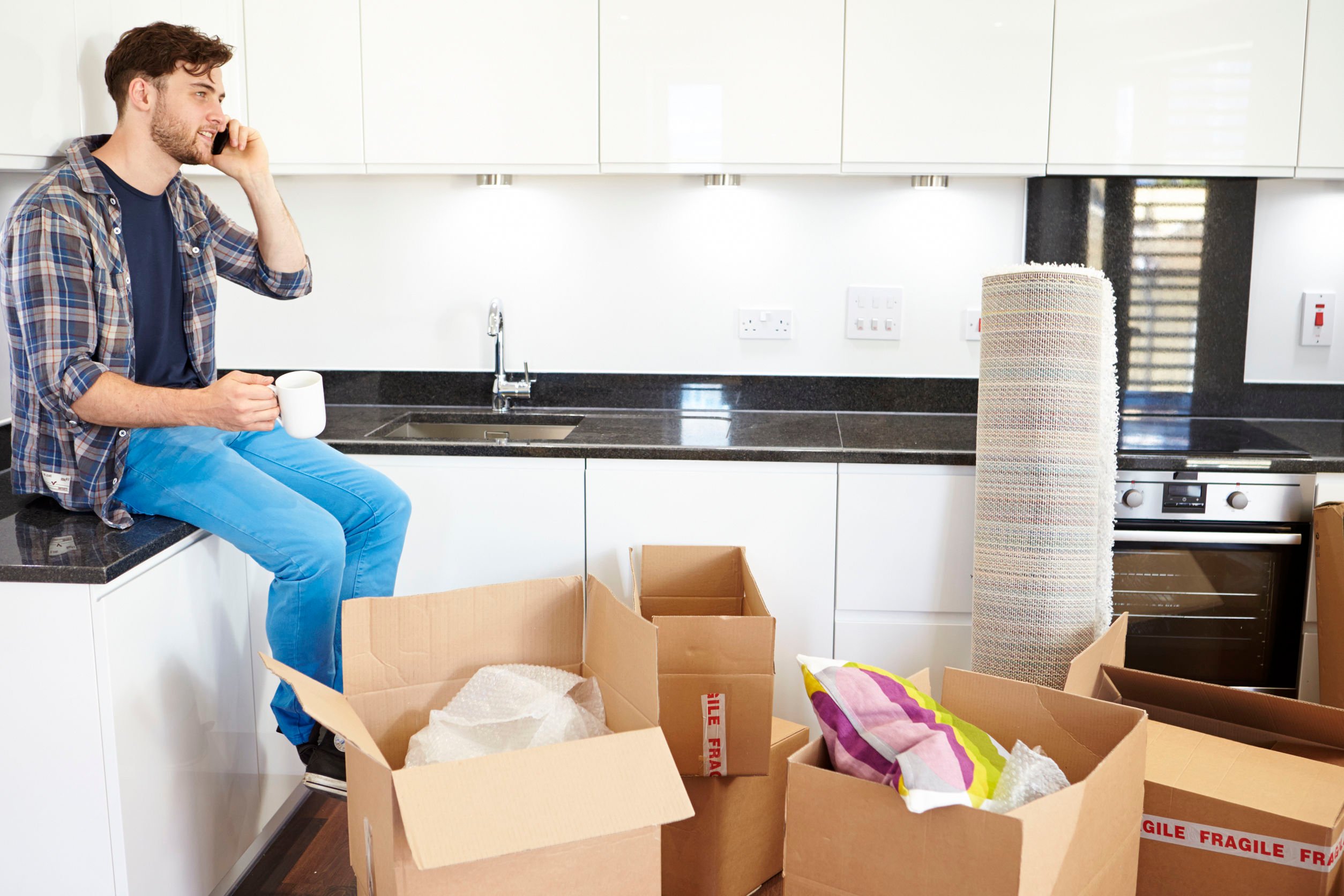As the population of the earth creeps toward an estimated 7.5 billion people, many are becoming more interested in reducing their carbon footprint at home and thereby reducing their environmental impacts on a broader scale. Ripple effects start small and add up — so here are ten things you can do at home to begin reducing your carbon footprint, starting now.
-
Use LED light bulbs
LED bulbs can use up to 80% less energy than a regular incandescent, and they last for up to 25,000 hours. That means fewer lightbulbs in the landfill and an enormous reduction in energy usage that, coincidentally, will also lower your monthly electric bill.
-
Properly insulate and seal your home
Those drafty windows and strangely cold closets are a sign that there are places for your heat or air conditioning to escape. If your walls need some additional insulation in a few places, consider having the experts add some blown insulation to fill the gaps without having to tear the whole wall apart. Most hardware stores also sell small kits to help you insulate your wall sockets quickly and easily. For the windows and doors, adding some sticky caulk around the edges or applying plastic over the windows can be a great temporary fix, though nothing beats installing energy efficient windows…
-
Unplug devices that aren’t in use
The electrician calls it a “phantom load” – appliances that are drawing electricity even when they are shut off, just because they are still plugged in. If you aren’t using it, unplug it or purchase a power strip with an on/off switch to completely shut off power to your devices. Believe it or not, you could save a significant amount of electricity this way — and around $100 a year, energy.gov estimates.
-
Buy local food
We know what a central role food plays in our daily lives, but have you thought about how far your food has had to travel — and at what carbon cost? A lot of the food purchased at commercial grocery stores has traveled a long way to arrive in your refrigerator, both by sea and over land. The more locally you can source your food, the less distance it will have to travel — and the fresher it will be.
-
Reduce meat and dairy consumption
With the number of resources that it takes to raise one cow, including pasture, processing, water consumption, and so forth, farmers could produce a lot more vegetables. Commercial livestock are responsible for around 18% of global emissions, so whether they are dairy cows or beef cattle they are having a detrimental impact on our carbon load. Reduce the demand, and the emissions go down.
-
Choose energy efficient appliances
Look for the Energy Star rating for appliances that are noted as being particularly energy efficient. The ratings offer different levels and generally explain how much energy and money you’ll save each year, so as you need to replace your appliances or purchase new ones of your new home, make your home energy efficient by choosing appliances highlighting their low energy consumption.
-
Quit the bottled water
Consuming your water from bottles creates a significant pileup of plastic waste that, even if it is recycled, requires energy and resource use to create and then process. What’s more, how far did your water have to travel in that bottle, and by what means? The carbon footprint of a bottle of water is far more significant than purchasing a high-quality water filter for your faucet and keeping the filters fresh. Not to mention it’s so much easier to just turn on the faucet…
-
Keep your thermostat at a moderate setting
We are not meant to constantly exist in a perfect climate, so put on a sweater and some slippers and turn the heat down a little. In the summer, resist the urge to crank the air conditioning all the way up and teach your body to acclimate to the seasons a little more. You’ll save energy and resources on your utilities, and it’ll be easier on the system when you do eventually decide to go outside.
-
Install solar panels and/or solar hot water
This is a big investment, certainly, but many states offer subsidies, rebates, and other incentives to encourage residential homes to install solar panels on their roofs. Look at what your state’s requirements are for alternative energy (can you feed back into the grid or not?), and consider adding a supplemental system to your home to reduce the amount of energy you need to draw from the grid.
-
Set timers on your water heater and thermostat so they automatically conserve for you
It’s enough to remember your keys and wallet, much less turning down the heat. Set timers for your thermostat to be on when you need it and turned down low while you are away. Similarly, tell the water heater it can take a break during the day while you don’t need on-demand hot water. Even better? Install an on-demand water heater.
If you’re moving to a new home and looking for ways to make the move itself an eco-friendly move, have a look at these tips — and while you’re at it, take a minute to get some moving estimates quickly and easily!







